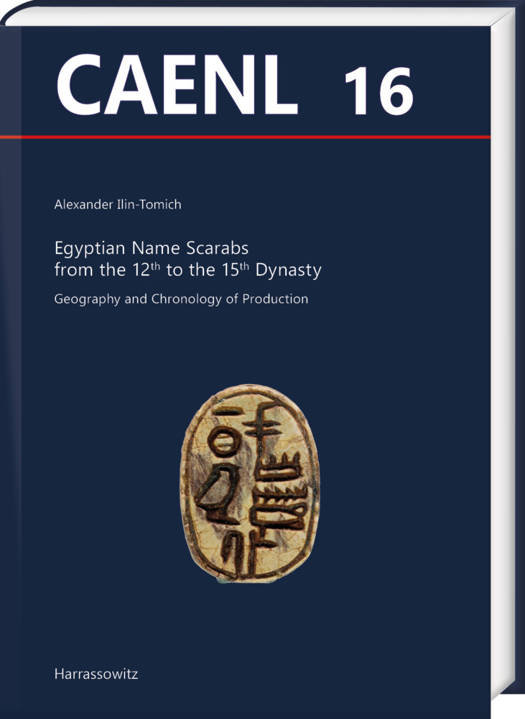
- Afhalen na 1 uur in een winkel met voorraad
- Gratis thuislevering in België vanaf € 30
- Ruim aanbod met 7 miljoen producten
- Afhalen na 1 uur in een winkel met voorraad
- Gratis thuislevering in België vanaf € 30
- Ruim aanbod met 7 miljoen producten
Zoeken
Egyptian Name Scarabs from the 12th to the 15th Dynasty
Geography and Chronology of Production
Alexander Ilin-Tomich
€ 295,45
+ 590 punten
Omschrijving
The Late Middle Kingdom and the Second Intermediate Period were the heyday for scarab seals with names in Ancient Egypt. During this time, names of kings and non-royal individuals occur on hundreds of scarabs and their impressions making scarabs one of the primary groups of written sources for the period. This book explores research paths opened by confronting the textual evidence provided by scarabs with the stylistic and typological traits observable on them in an effort to recontextualize these miniature decorative objects, most of which stem from mass-scale undocumented plundering in the late 19th and early 20th century. The book takes a new perspective on scarab production in Egypt showing that different types of scarabs were produced concurrently, and the production of scarabs was not limited to a single centre at a given period. It amends the methodology of studying Middle Bronze Age scarabs in Egypt to acknowledge that artisans purposefully reproduced certain scarab styles. The study contributes to the ongoing discussions on the chronology of the Second Intermediate Period, Egypt's interconnections with the Levant and the role of foreigners in Egypt in the Middle Kingdom.
Specificaties
Betrokkenen
- Auteur(s):
- Uitgeverij:
Inhoud
- Aantal bladzijden:
- 438
- Taal:
- Engels
- Reeks:
- Reeksnummer:
- nr. 16
Eigenschappen
- Productcode (EAN):
- 9783447120432
- Verschijningsdatum:
- 7/06/2023
- Uitvoering:
- Hardcover
- Formaat:
- Genaaid
- Afmetingen:
- 218 mm x 29 mm
- Gewicht:
- 231 g

Alleen bij Standaard Boekhandel
+ 590 punten op je klantenkaart van Standaard Boekhandel
Beoordelingen
We publiceren alleen reviews die voldoen aan de voorwaarden voor reviews. Bekijk onze voorwaarden voor reviews.








